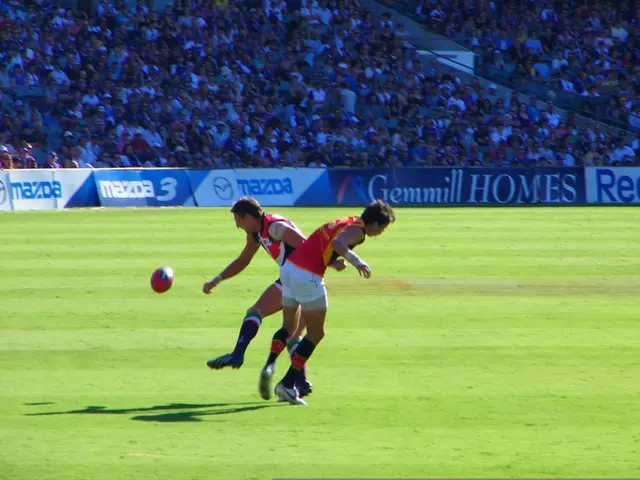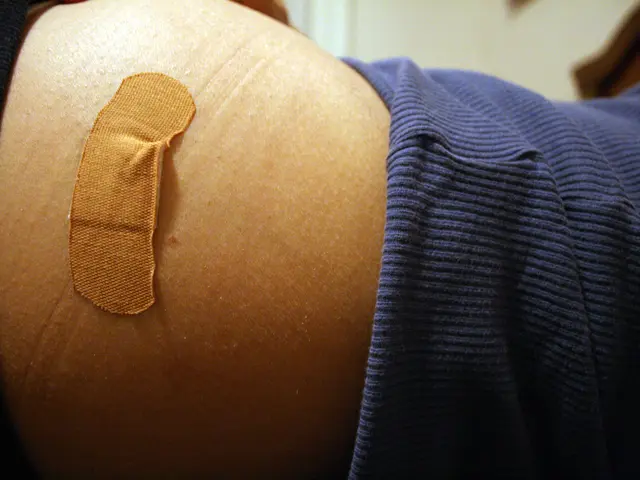EU Struggles to Hit Ammo Goal for Ukraine Battlefield
German Defense Minister Boris Pistorius declared that the EU will likely fall short of supplying Ukraine with one million artillery shells by March. At a meeting with EU colleagues in Brussels, he stated, "The one million won't be reached, we have to assume that." Pistorius urged the weapons industry to boost production in an attempt to close the gap.
Josep Borrell, the EU's foreign affairs representative, offered a more cautious outlook. European nations had already supplied over 300,000 rounds from their arsenals, but additional deliveries hinged on increased ammunition production, which in turn relied on EU countries' financial situations and specific contracts with manufacturers.
Thierry Breton, the EU's Industry Commissioner, asserted that the European arms industry had expanded its capabilities by up to 30%, enabling them to manufacture one million shells by spring. Breton emphasized, "This target will be achieved," though he noted that EU members must finalize contracts to make it happen. He urged states to uphold their commitment to Ukraine.
In March, the EU pledged to supply Ukraine with one million artillery shells within a year, focusing mainly on the NATO-standard 155 millimeter caliber. The 300,000 shells delivered thus far also comprised various other calibers and rockets.
In reaction to Pistorius' appeal, several EU nations engaged domestic ammo producers in talks to enhance their output rates. However, the EU's goal to deliver an "ammunition target" of one million shells may not reach the EU-established benchmark due to financial and contractual limitations.
If the EU eventually surpasses its target, Ukrainian forces will be better equipped with vital ammunition, including 155 millimeter caliber shells, to weather ongoing battles, like those in Ukraine.
Source:
Insights
The EU is working diligently towards meeting its pledge to provide Ukraine with an ample supply of artillery shells, but difficulties have surfaced in achieving this goal by the initial March deadline.
Advancements
- Current Deliveries: By November 2024, the EU had delivered roughly 980,000 artillery shells to Ukraine, as reported by EU foreign policy chief Josep Borrell[1].
- Year-End Target: Although failing to meet the spring objective, the EU is now poised to fulfill the commitment by the year's end[1].
- Supplementary Supplies: A Czech-led EU initiative aimed to acquire up to 500,000 artillery shells from non-European nations, with approximately one-third of these shells shipped to Ukraine by October[1].
Obstacles
- Production Capacity: The EU's defense industry has encountered obstacles in scaling up production rapidly. The initially projected capacity proved smaller than expected, resulting in delays meeting the target[5].
- Supply Chain Pressures: Relying on external sources for ammunition has introduced bottlenecks and reliance on foreign suppliers[5].
- Russian Aggression: The escalating conflict with Russia has significantly driven up demand for artillery shells, making it challenging for the EU to reach the target despite amplified efforts[2][4].
Plans for the Future
- Expanded Production: The EU has boosted its production capacity by 40% to address ammunition requirements. But, the increase in output still falls short of fully meeting Ukraine's demands, necessitating sourcing additional supplies from external markets[3].
- Ongoing Aid: The EU has pledged to maintain the delivery of ammunition to Ukraine, ensuring a steady flow of support to fortify Ukraine's military efforts[3].
In summary, although the EU has advanced towards its objective, it has faced barriers in achieving the initial March deadline due to production bottlenecks and supply chain constraints. The target is now anticipated to be attained by the end of the year through continuous efforts to expand production and secure additional resources.




